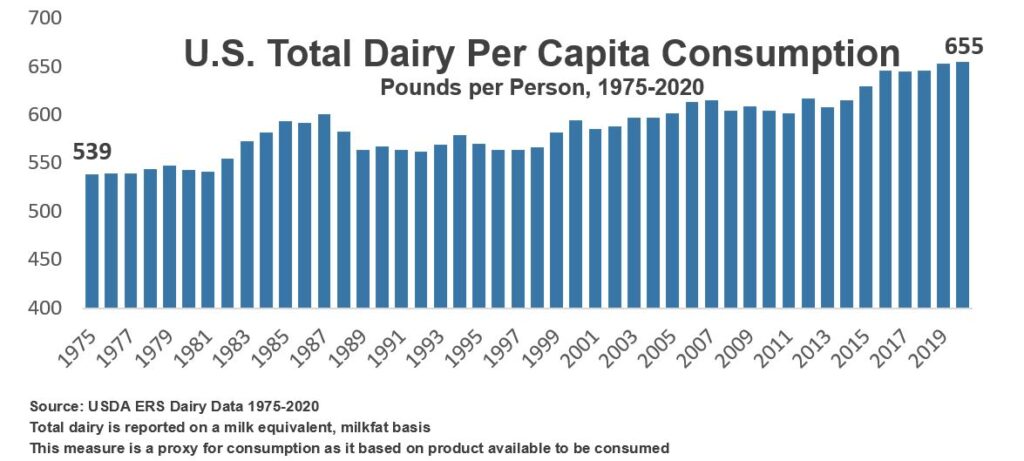The U.S. Dairy Export Council (USDEC) and National Milk Producers Federation (NMPF) support the Senate confirmation yesterday of Cindy McCain’s nomination to serve as U.S. Representative to the United Nations Agencies for Food and Agriculture. The United States’ active involvement in the three Rome-based U.N. food agencies, including the Food and Agriculture Organization (FAO), is critical as countries and their food producers combat hunger.
“Through Codex Alimentarius and other programs, the FAO plays a key role in setting global standards for the movement and consumption of safe food. U.S. dairy producers, manufacturers, and exporters rely on strong U.S. leadership in FAO convenings to ensure policy recommendations and decisions are science-based,” said Krysta Harden, President and CEO of USDEC. “With a wealth of experience working across international boundaries, Cindy McCain is well-positioned to serve as the next U.S. Representative to the UN Agencies for Food and Agriculture.”
As the global conversation on sustainable food systems shifts from the UN Food Systems Summit to work in the Rome-based agencies, it is critical that the U.S. has a strong voice in international fora to amplify the role that the U.S. dairy and agricultural industry is playing in advancing sustainability efforts. American dairy farmers, processors, and manufacturers are leaders in advancing voluntary action to reduce environmental impacts, including an industry-wide goal to achieve net-zero carbon emissions by 2050 and a first-of-its kind voluntary National Dairy Farmers Assuring Responsible Management (FARM) Animal Care program, which sets high standards for animal care, housing, and antibiotic stewardship for 99% of all milk originating in the United States.
“The position of U.S. Ambassador to the UN Food Agencies is uniquely important as countries grapple with feeding a growing world population in a sustainable manner. UN forums, including the important follow up work initiated by the Food Systems Summit, are opportunities for U.S. dairy to showcase our sustainability efforts, and it is vitally important for the U.S. dairy industry to be well represented in these discussions,” said Jim Mulhern, President and CEO of NMPF. “With a long and rich career devoted to serving people around the world, Cindy McCain epitomizes the qualities needed to serve the American people in Rome.”






